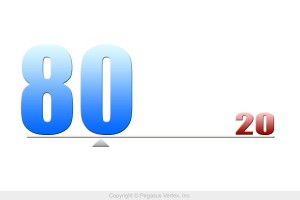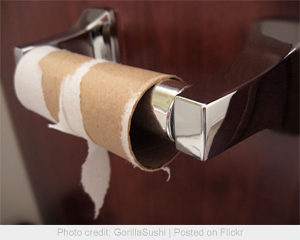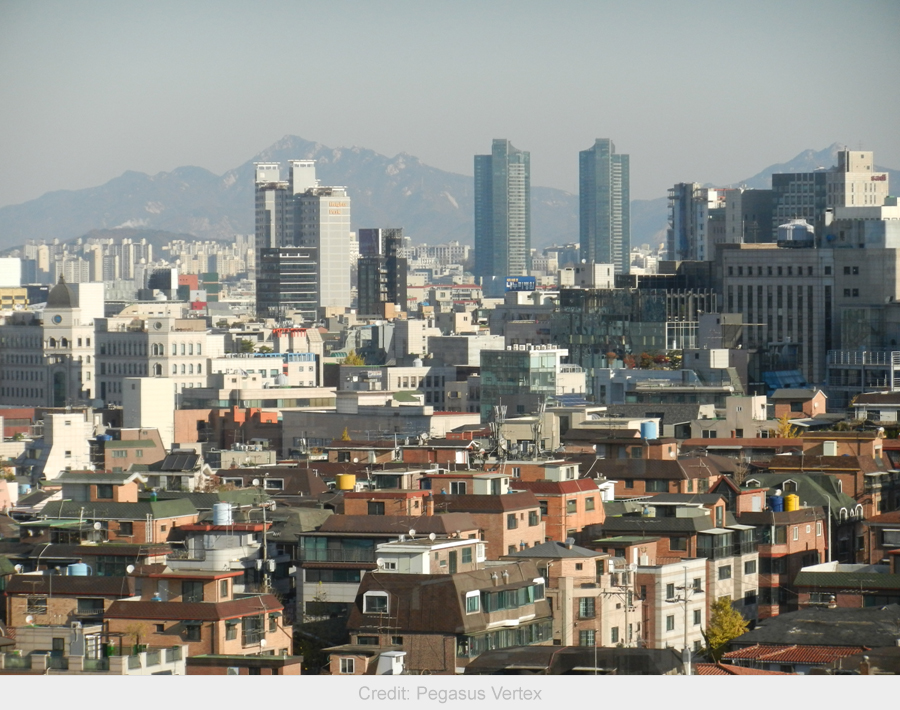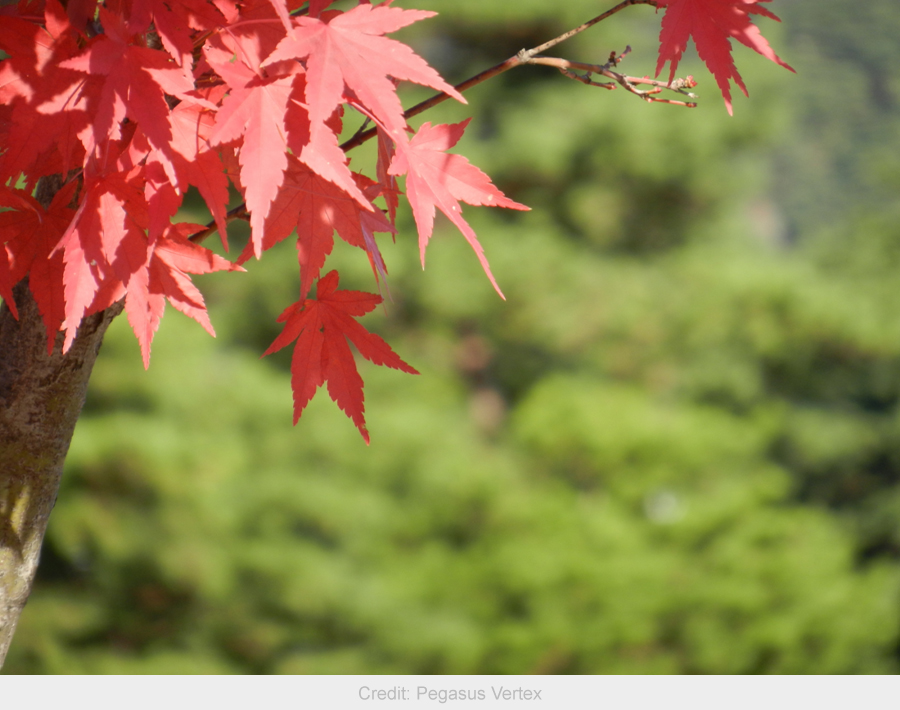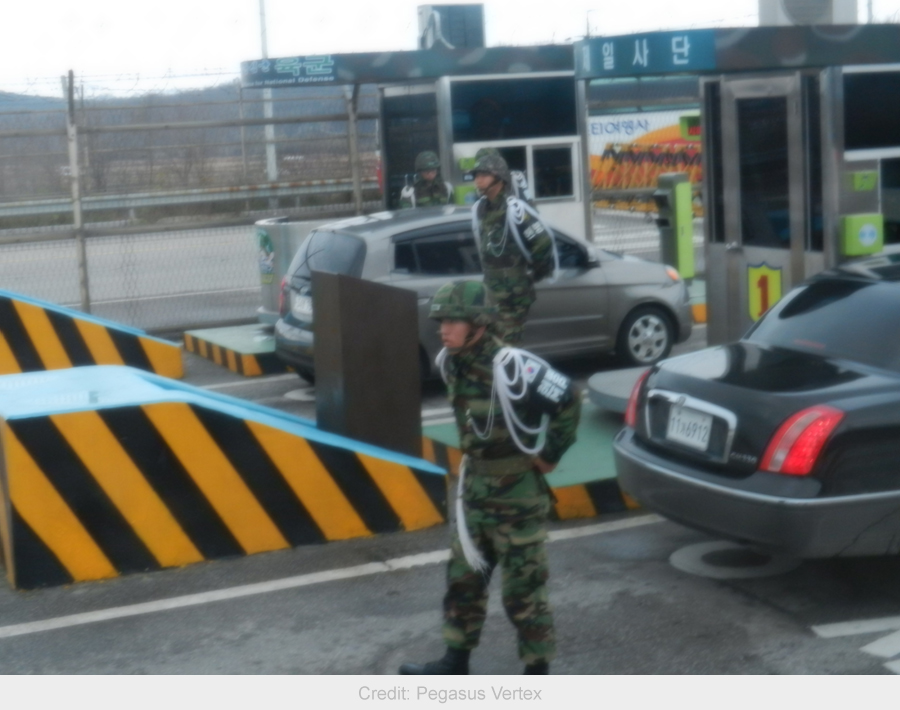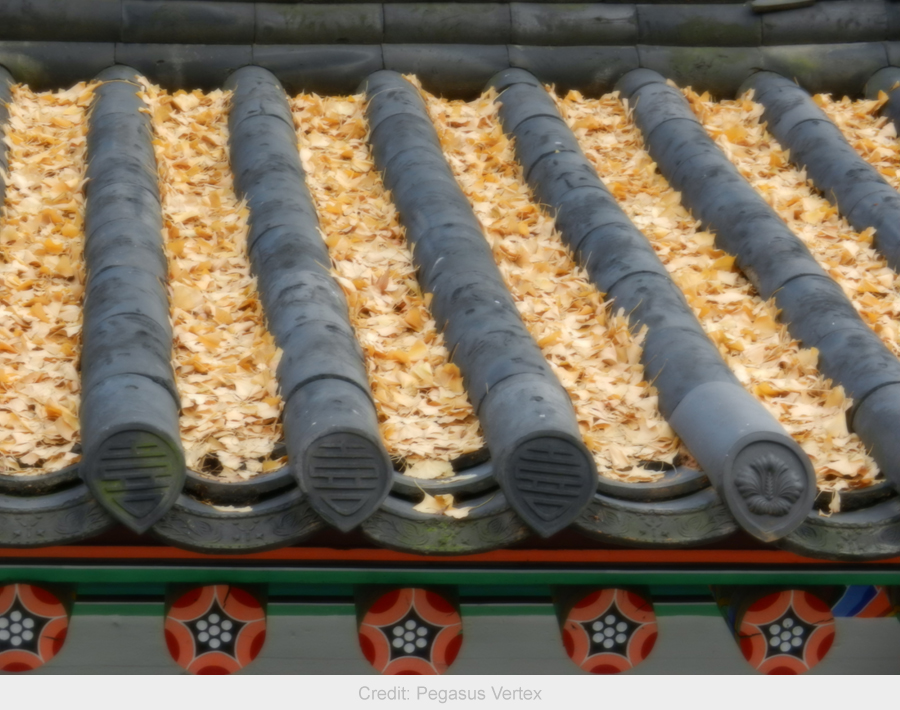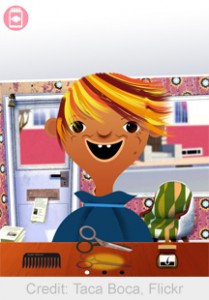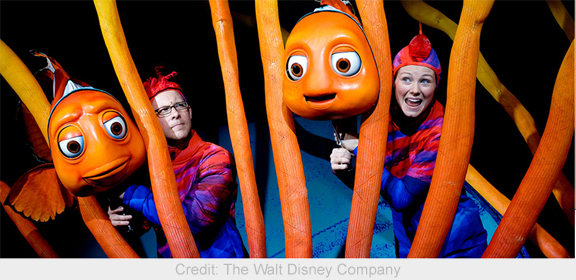Source: excerpted from A Sea In Flames, published by Crown Publishers, New York.
On a recent trip to South Korea, I spent most of my time in the airplane reading Carl Safina’s non-fiction book “A Sea in Flame”. I liked it very much. Among many things, the following section attracted my eyes, because it describes the deepwater drilling in a easy-to-understand format.
I contacted Carl Safina and got his permission to publish this section in our blog.
Pegasus
Being a deepwater well driller—what’s it like? To simplify, imagine pushing a pencil into the soil. Pull out the pencil. Slide a drinking straw into that hole to keep it open. Now, a little more complex: your pencil is tipped not with a lead point but with a drilling bit. You have a set of pencils, each a little narrower than the last, each a little longer. You have a set of drinking straws, each also narrower.
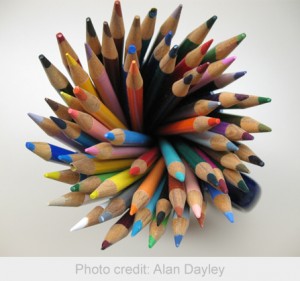 You use the fattest pencil first, make the hole, pull it out, then use the next fattest. And so on. This is how you make the hole deeper. At the scale of pencils-as-drills, you’re going down about 180 feet, and the work is soon out of sight. As you push and remove the pencils, you slide one straw through another, into the deepening hole. You have a deepening, tapering hole lined with sections of drinking straw, with little spaces between the hole and each straw, and between the sections of straw.
You use the fattest pencil first, make the hole, pull it out, then use the next fattest. And so on. This is how you make the hole deeper. At the scale of pencils-as-drills, you’re going down about 180 feet, and the work is soon out of sight. As you push and remove the pencils, you slide one straw through another, into the deepening hole. You have a deepening, tapering hole lined with sections of drinking straw, with little spaces between the hole and each straw, and between the sections of straw.
You have to seal all those spaces, make it, in effect, one tapering tube, absolutely tight. And here’s why: the last, narrowest straw pokes through the lid of a (very big) pop bottle with lots of soda containing gas under tremendous pressure. As long as the lid stays intact and tight, there’s no fizz. But only that long. Everyone around you is desperate for a drink of that pop, as if they’re addicted to it, because their lives depend on it. They’re in a bit of a hurry. But you have to try to ignore them while you’re painstakingly working these pencils and straws. And you’d better keep your finger on the top of the straw, or you’re going to have a big mess. And you’d better seal those spaces between sections of straw as you go down, or you’re going to have a big mess when you poke through that lid. And before you take your finger off the top of the straw, you’d better be ready to control all that fizz and drink all that pop, because it’s coming up that straw. And if, after poking a hole in this lid that’s been sealed for millions of years, you decide you want to save the soda for later, then you’d better—you’d better—have a way to stopper that straw before you take your finger off. And you’d better have a way to block that straw if the stopper starts leaking and the whole thing starts to fizz. If it starts to fizz uncontrollably, and you can’t regain control, you can get hurt; people can die.
The real details beggar the imagination of what’s humanly and technologically possible. Rig floor to seafloor at the well site: 5,000 feet of water, a little under one mile. Seafloor to the bottom of the well: about 13,360 feet—two and a half miles of drilling into the seabed sediments. A total of 18,360 feet from sea surface to well bottom, just under three and a half miles.
Equally amazing as how deep, is how narrow. At the seafloor—atop a well 2.5 miles long—the top casing is only 36 inches across. At the bottom it’s just 7 inches. If you figure that the average diameter of the casing is about 18 inches, it’s like a pencil-width hole 184 feet deep. Nine drill bits, each progressively smaller, dig the well. The well’s vertical height gets lined with protective metal casings that, collectively, telescope down its full length.
At intervals, telescoping tube of casing gets slid into the well hole. The upper casing interval is about 300 feet long. Some of the lower ones, less than a foot across, are 2,000 feet long. The uppermost end of each casing will have a fatter mouth, which will “hang” on the bottom of the previous casing. You will make that configuration permanent with your cementing jobs.
The casings and drill pipes are stored on racks, awaiting use. Casings are made in lengths ranging from 25 to 45 feet; the drill pipe usually comes in 30-foot joints. They are “stacked” in the pipe racking system. You assemble three at a time and drop approximately 90 feet in, and then repeat. When you get and drop approximately 90 feet in, and then repeat. When you get ready to put the casing in, you pull all the drill pipe out. Rig workers also remove the drill pipe from the hole every time the drill bit gets worn and needs changing or when some activity requires an open hole. Pulling the entire drill string from the hole is called “making a trip.” Making a trip of 10,000 feet may take as long as ten or twelve hours. When you want to start drilling some more, you have to reassemble the drill pipe and send it down.

